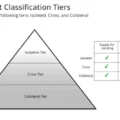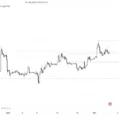Before you dive into the article, pay attention to the fact thatthe fact that none of theis financial advice, please do your own research to make a more informed decision.
The amount of innovation coming out of the L2 sector at the moment is truly astounding, but today's popular L2 networks still have a lot of work to do.
Ethereum's L2s are said to inherit its "security", but what does this exactly mean? Depending on which rollup you ask, you may get a different answer!
While every rollup strives for complete trustlessness, all optimistic and zero-knowledge based Ethereum scaling solutions currently depend on some form of support.
Vitalik provides a great scheme to help rollup users understand how much they trustStage 2 in this taxonomy is based on reaching milestones and is the ultimate goal for rollup security, requiring the complete removal of centralized dependencies, which Vitalik calls"support wheels" – as the L2Beat charts below so well demonstrate.
Few rollups have the prestigious designationStage 2, but Arbitrum is actively moving towards becoming the first noticeable in this direction! In early August, Offchain Labs (the team behind Arbitrum) announced a new permissionless validation scheme for the network, Bounded Liquidity Delay (BOLD), which strengthens its dispute protocol against a type of attack known as a “delay attack.”
Each L2 removes its support wheels fromat varying speeds, and today we look at the path ahead for five of Ethereum's largest universal L2s as they look to eliminate centralized risk factors from their rollups in pursuit of an evasive Stage 2 designation!
Arbitrum One
Risk stage: 1
Type: Optimistic
TVL: $5.41B
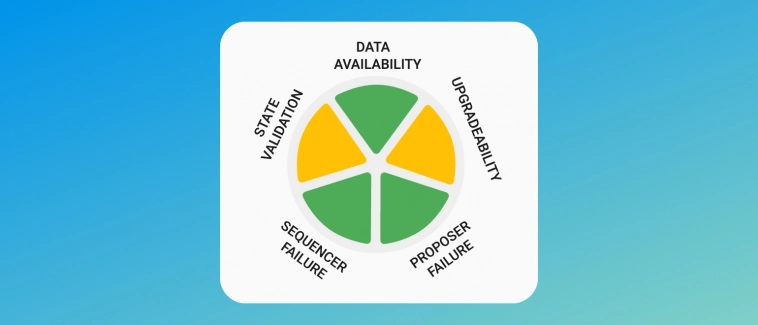
Arbitrum One successfully reduced the risks of centralizationmore than any other chain on this list! If ArbitrumDAO decides to apply BOLD to One, the chain will make the health check segment green, but the entire risk diagram must turn green to move to Stage 2.
To update the upgrade capabilitytwo changes need to be made. First, the implementation delay for management-initiated updates should be increased from 12 to 30 days. Secondly, no participant should be able to immediately update the Arbitrum code unless there are provable errors.
Main support wheel, safety tipArbitrum is directly elected by the DAO and has the ability to bypass governance to implement updates without delay. Despite Arbitrum One's best efforts to mitigate centralization risks, the security of your on-chain assets depends on the integrity of this all-powerful multi-sigma 9 of 12!
Considering the risks of using rollup, the Councilsecurity is accepted as a net positive for the Arbitrum ecosystem, however, to become a Stage 2 rollup, Arbitrum will have to limit it to only responding to bugs proven on the blockchain.
This will further strengthen Arbitrum's securityOne for users and guarantees that (in the absence of errors) participants will not be able to publish state roots that override the rollup proof system.
Optimism
Risk stage: 0
Type: Optimistic
TVL: $2.67B
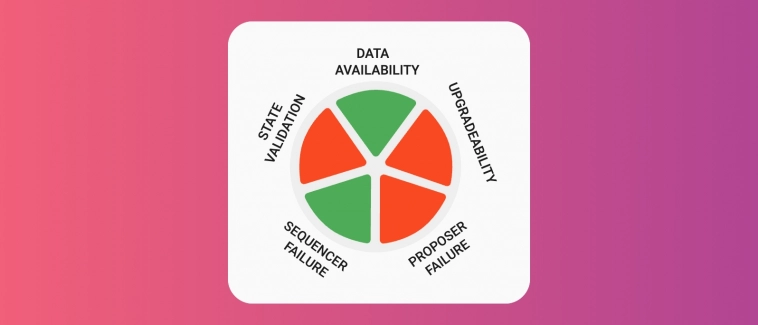
Casual observers of cryptocurrencies oftensuggest that Arbitrum and Optimism have similar security guarantees, since both call themselves optimistic rollups. But those who care about safety know that this is far from the truth!
On Optimism, fraud proofs, a tool used to challenge incorrect information posted by the network sequencer on Ethereum, are not functional.
There is no way to challenge an invalid state root, and users have to blindly trust that the proposer of the block is sending the correct one!
In addition, only the whitelisted proposer is allowed to publish the root of the state, meaning that if the proposer fails, it will not be possible to withdraw funds from Optimism on Ethereum L1.
Although the current evidencescams are actively being developed, there is no clear timetable for their implementation, but they are vital to the decentralization of any optimistic rollup and are required for Optimism in its current configuration to move beyond Stage 0.
Alternatively, Optimism can solvebecome a zero-knowledge proof rollup by introducing proofs of correctness. Just last month, the Optimism Foundation awarded contracts to two teams developing a zero-knowledge proof module for the OP Stack.
The Optimism Foundation is scheduled to transfer control of multisig to a security council made up of community members in 2024, which will help decentralize control of the chain's keys.
In addition to introducing evidence of fraud, Optimism will require an update lock for at least 7 days to become a Stage 1 rollup.
zkSync Era
Risk stage: 0
Type: Zero-Knowledge
TVL: $399M
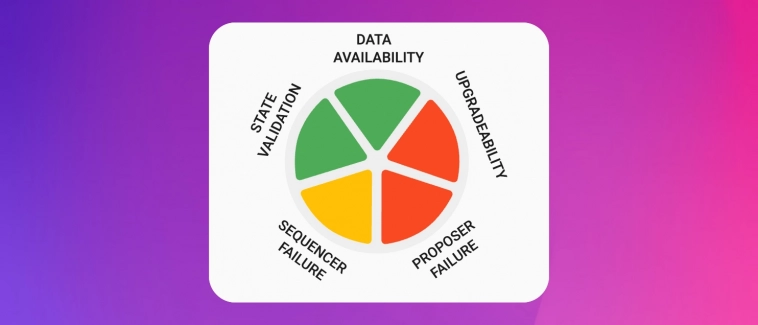
Zero knowledge proofs guarantee thatevery state root sent to Ethereum is correct and allows the green state check segment to be active, but zkSync users still face the risks of sequencer or proposer failure.
zkSync creates a queue for transactions,sent to L1, which must be processed by the sequencer to reduce censorship risks. While this does not guarantee that a transaction will be enabled, it does mean that if the sequencer censors or does not work for an individual user, then it will not work for everyone.
In the future, zkSync will update its system,to force the sequencer to process the L1 transaction queue, and will also work to decentralize the sequencer. These efforts will help reduce the risks associated with a malicious or failed sequencer.
Each rollup state update witha zero-knowledge proof is accompanied by a zero-knowledge proof (ZKP), which guarantees that the new state was obtained correctly; this is the magic of ZKP, but it means that the only way to include a transaction is to include it in the generated proof! Increasing decentralization on zkSync will require that anyone can create proofs without having to go through a centralized rollup operator.
Like its optimistic counterparts Arbitrum and Optimism, zkSync will need to implement temporary update locks and multisig restrictions to mitigate the risk posed by upgradability.


